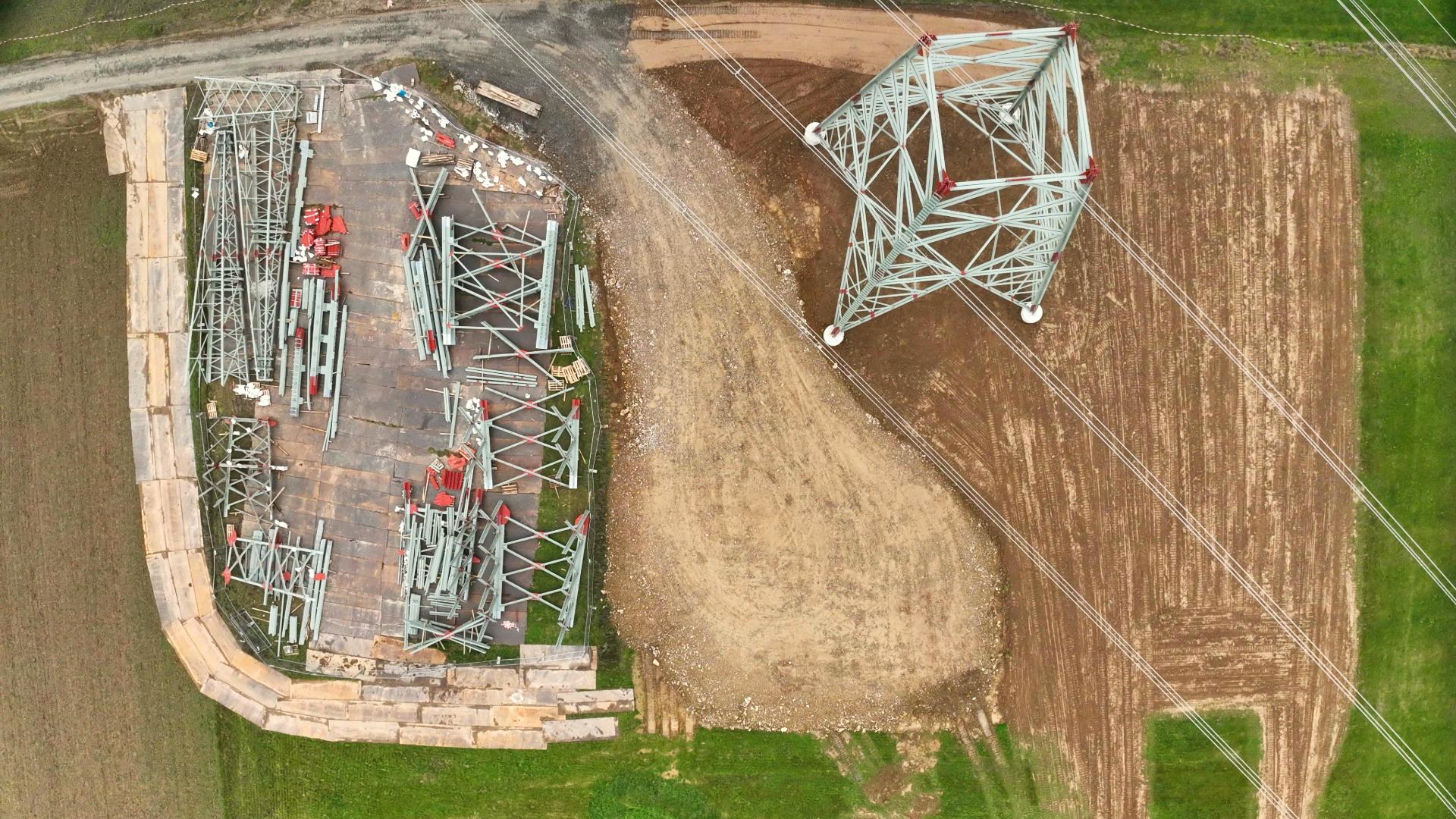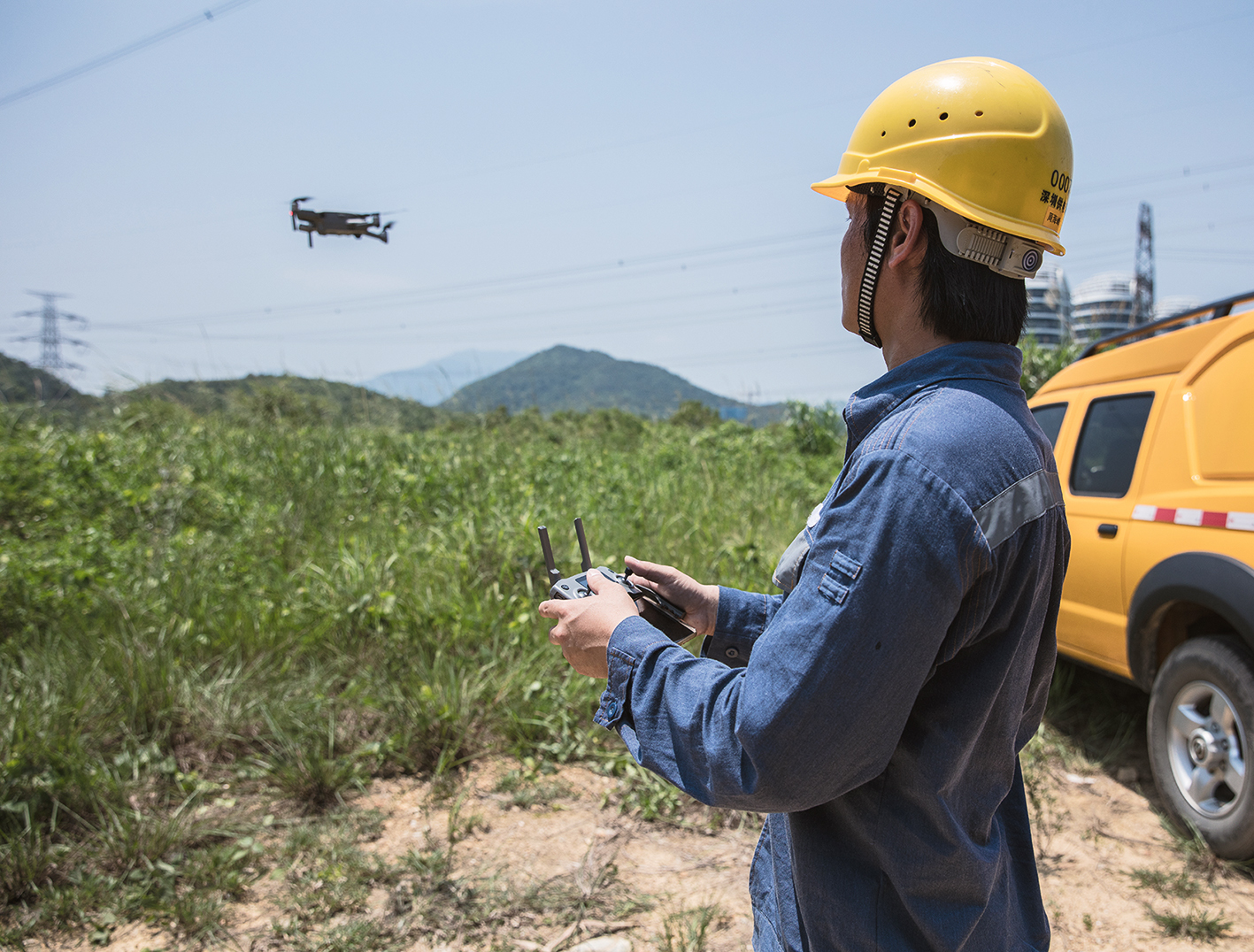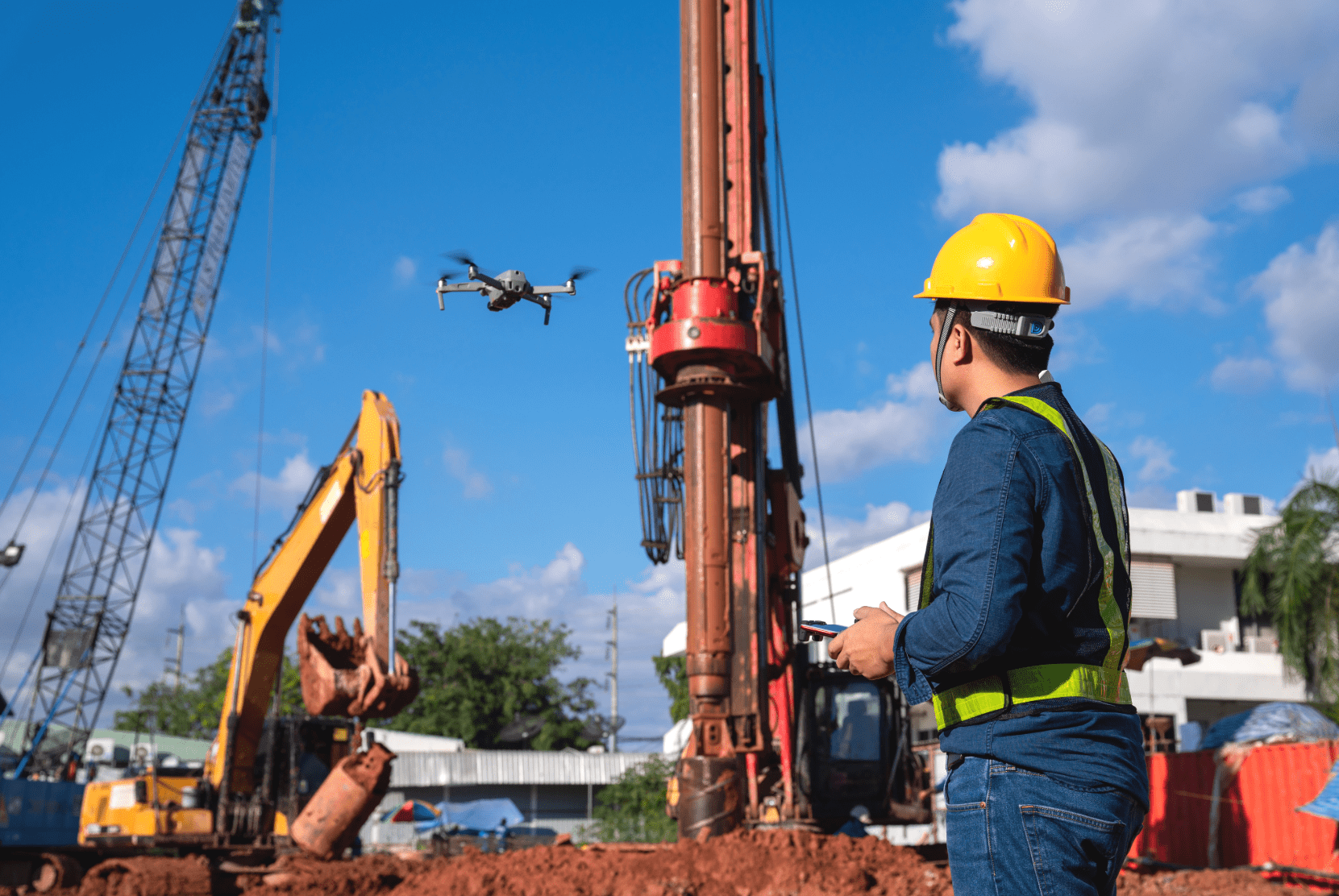Die nächsten Wochen werden für Drohnenbesitzer, -betreiber und Piloten interessant. Zum 1. Januar 2021 kommt die neue EU-Drohnenverordnung. Sie soll für EU-weite Einheitlichkeit sorgen.
Das Inkrafttreten der neuen EU-Drohnenverordnung bringt in viele Bereiche Ungewissheit. Kein Bereich in der unbemannten Luftfahrt bleibt davon unberührt. Wir haben mit Ronald Liebsch von DJI gesprochen. Er verrät uns, was auf uns zukommen wird und wie DJI sich auf die Änderungen einstellt.
Ändert sich wirklich so viel, wie es sich derzeit anfühlt?
Betrachtet man die aktuellen Regeln in Deutschland dann wirken generell dieselben risikobasierten Prinzipien, z. B. hinsichtlich der Unterscheidung zwischen Flügen mit und ohne Erlaubnispflicht, wie bei den neuen einheitlichen EU Regeln. Schaut man aber auf die EU heute, dann herrscht ein großer regulatorischer „Flickenteppich“. Jedes Mitgliedsland hat eigene Regeln, wie Drohnen betrieben werden dürfen. Was sich daher aus europäischer Sicht ändert, ist, dass in der gesamten EU zzgl. Schweiz, Norwegen und Island ab 01.01.2021 unter denselben Regeln geflogen wird, was natürlich im Gesamtkontext eine enorme Veränderung darstellt. Aus Nutzersicht wird mit den neuen EU-Regeln und der Nutzung von CE Klassen an den Drohnen klarer ersichtlich, was in der jeweiligen Klasse erlaubt ist und was nicht und das einheitlich in der EU.
Wenn ich bereits eine Drohne besitze, darf ich die dann nächstes Jahr noch fliegen?
Generell ist man mit Drohnen von DJI immer auf dem richtigen Weg, da unsere Produkte dem aktuellen Stand der Technik entsprechen und mit Blick auf die neuen EU-Regeln auch technisch in der Lage sind, diese Regeln einzuhalten. Aus Herstellersicht besteht aktuell leider noch keine Möglichkeit, Drohnen mit den neuen CE Klassen zu versehen, da die zugehörigen Standards noch in der Finalisierung sind und es derzeit auch noch keine akkreditierte notifizierende Stelle in Europa gibt, um die Konformität nach den EU-Regeln nachzuweisen. Das soll aber keinen davon abhalten sich eine neue Drohne bis dahin zu kaufen oder bereits erworbene Drohnen unter den neuen EU-Regeln ab 01.01.2021 in der sogenannten „limitierten“ offenen Klasse zu nutzen.
Es wird zunächst eine Übergangsregelung bis zum 31. Dezember 2022 geben, in der man alle Drohnen (bis 25 kg) ohne CE Klassifizierung fliegen darf und auch von den neuen einheitlichen EU Regeln, allerdings mit einigen Abstufungen, profitiert. Während dieser Übergangszeit kann mit Drohnen bis 500g Abfluggewicht in der Kategorie A1 geflogen werden. Drohnen bis 2 kg können in der Kategorie A2 und alle anderen Drohnen bis 25 kg in A3 betrieben werden. Auch nach dieser Übergangsfrist (ab 2023) ist der Weiterbetrieb von Drohnen ohne CE Klassifizierung nicht gefährdet und für Drohnen unter 250g in A1 und alle anderen Drohnen bis 25 kg in A3 weiterhin möglich. Sobald für Drohnenhersteller der Weg hin zur CE Klassifizierung der einzelnen Produkte klar definiert wurde, wird DJI mit Hochdruck an der Umsetzung dieser neuen CE Klassen arbeiten und darüber informieren, welche DJI Modelle mit einer CE Klasse versehen werden.
Neue Regeln müssen erstmal verstanden werden: Was hat es mit der CE-Kennzeichnung auf sich? Was sollte man dazu wissen? (Unterschied zwischen CE-Marking und Class Identification)
Die CE Kennzeichnung begleitet uns in Europa seit geraumer Zeit täglich bei der Benutzung von allerlei möglichen Produkten, von der Computermaus zum Smartphone, bis natürlich zur Drohne. Als Hersteller für den europäischen Markt ist DJI verpflichtet, alle Produkte in Einklang mit den gültigen EU CE (Consumer Electronics) – Direktiven zu bringen. Die ab 2021 gültigen EU Drohnenregeln mit den neuen CE Klassen ist nur ein weiterer Baustein dieses Systems. Jedes aktuell am europäischen Markt befindliche DJI Produkt verfügt über eine Konformitätserklärung und eine CE-Kennzeichnung. Bei den CE Klassen handelt es sich um eine zusätzliche „Kennzeichnung“ der Drohne, für welchen Einsatz diese in der offenen Klasse erlaubt ist. Um Drohnen in der offenen Klasse nach den neuen EU-Regeln betreiben zu können, müssen diese Produkte mit den CE Klassen (C0 bis C4) versehen werden und je nach CE Klasse ergeben sich bestimmte Einsatzmöglichkeiten und Verpflichtungen (z. B. Lizenz) in den 3 Kategorien A1, A2 und A3.
Wir bedanken uns bei Herrn Liebsch für das Interview und wünschen alles Gute für das nächste Jahr.
Ihr FlyNex Team
Hier finden Sie weitere Blogartikel zum Thema EU-Drohnenverordnung






